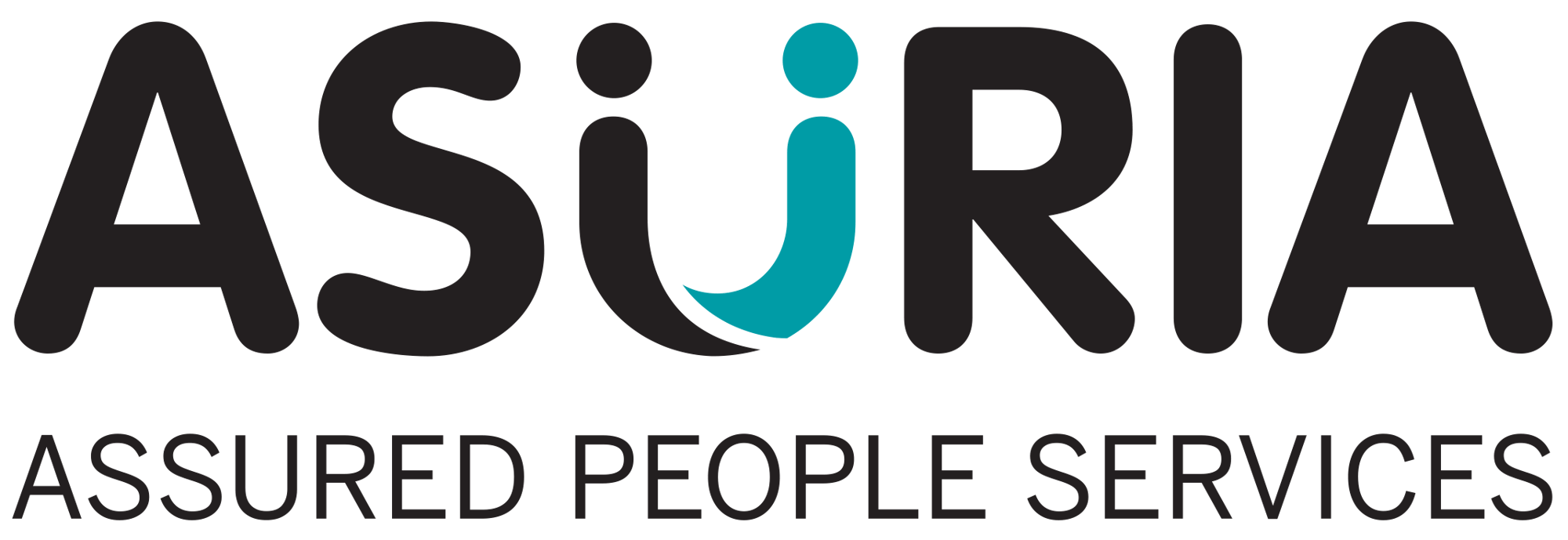Lifting the lid on the techniques taught and used by hundreds of professional employment experts to help match job seekers with suitable roles, Asuria’s Executive Director of Employer Services, Darren Otten, gives his top ten tips for all Australian businesses struggling to find and retain staff.
1. Look beyond CVs
Yes, the traditional resume can still be a useful source of information. However, a person’s employment history can be a very one-dimensional representation of a candidate’s suitability for a role. And with the spread of AI tools these days, it’s tough to know whether the person submitting the CV is actually the person who wrote it.
2. Empower people with disabilities
People with disability are the single most extensive untapped resource in Australia’s labour market. Compared to just one in five people without disability, almost half of the working-age people with disability are unemployed, meaning there is a large pool of determined job seekers with disability out there eager to get back into work.
3. Direct experience rarely makes the difference
If you’re holding out for someone with direct experience in your industry, not only could you be waiting a long time in the current labour market conditions, but you could be focussing on the wrong thing entirely. In a recent survey of small business owners, Asuria found that direct industry experience was the least important factor in the recruitment process, with “motivation and passion” and “adaptability” being the two most valued qualities.
4. Adopt a strengths-based approach
Focus on what people are good at rather than what they’ve done. That means taking the opportunity in the recruitment and interview process to learn about competencies rather than achievements. There aren’t many jobs in which things like time management, teamwork, or problem-solving won’t play a big part, so invite candidates to demonstrate those skills rather than brag about their accomplishments.
5. Embrace the bigger picture
Gaps in CVs or short-tenure roles needn’t be seen as red flags. We all live complex lives, and time away from employment could be explained in all sorts of ways. Take time to get a complete picture of the person applying for the role and take an empathetic approach to understanding all the factors that might have seen them move in and out of the workforce.
6. Forget the one size fits all employee model
When it comes to employees, what matters is whether they can get the job done, not how and when they get it done. The world is changing fast, and the Monday-Friday, 9-5 is already beginning to be replaced with a greater ability for employers to embrace flexible working without compromising on productivity. Why try to hold back the tide of flexible working when you can ride the wave instead?
7. Recruitment doesn’t end when a candidate starts a job
The mistake too many employers make when it comes to finding and keeping the right candidates is assuming that Day One on the job equals the end of the recruitment process, when in fact, it’s just the beginning. Instead of relying on stock-standard induction manuals, take the time to invest in new candidates’ integration into the company team, culture, and processes, laying out training schedules and creating opportunities for engagement, encouragement, and reward, wherever practical and possible.
8. Look to First Nations communities
By recruiting First Nations job seekers, in many cases, you’re not just rewarding a person with a job, but you’re helping to strengthen communities. Often First Nations candidates can be overlooked in the recruitment process, however, evidence shows that increased employment participation for First Nations job seekers results in significant economic gains to the individuals who move into employment, along with their families and communities, and the economy as a whole via the increases in the effective labour supply.
9. Take the search to social
Job boards are a great way to advertise vacancies, but they’re not the be-all and end-all. Social media can be a great place to post your job vacancies and appeal to the right people. By narrowing in on specific conversations, interest groups, and even locations, it’s possible to not only market your business more appealingly, but to identify cohorts of potential employees with the attitudes, interests, and skills best suited to the roles you’re looking to fill.
10. Benefit from free, expert employment service providers
The Federal Government invests in programs and providers whose purpose is to help match job seekers with employers. These services are at no-cost and can cut down on a huge amount of time and effort for recruiters, while applying an expert lens when it comes to job-matching. If you’re not using these services already, then Asuria is ready and willing to help.
Asuria’s Executive Director of Employer Services, Darren Otten, says, “In this challenging labour market, attracting and engaging motivated jobseekers is proving to be more complex than the traditional methods used by employers, recruiters, and managers in the past. Asuria’s expertise lies in understanding your business and connecting you to diverse job seekers through innovative methodologies.”
Delivering employment services for job seekers, employers and governments domestically and internationally for over 25 years, Asuria is a high-performing provider of Disability Employment Services, Workforce Australia Services, Self-Employment Assistance, ParentsNext, Transition to Work and more.
If you'd like help to find and recruit staff for your business at no cost, speak to an Asuria Employment Consultant today by filling out this form.






